Xiaomi’s HyperOS is quietly setting the benchmark for mobile design, and it’s becoming increasingly clear that Apple’s iOS 26 is following suit. While Apple is generating plenty of buzz with its new “Liquid Glass” interface and updated aesthetics, Xiaomi users have already been enjoying many of these features—and then some. iOS 26 is on track for a September 2025 release (beta testers are already poking around), but HyperOS is already moving forward with version 3.0 and deep Android 16 integration. For those invested in the Xiaomi ecosystem, the sense of pride is more than justified. If you’re looking for a more in-depth analysis, our Xiaomi Pad 7 review delves into these advancements.
Lock Screen Customization: Xiaomi Leads, Apple Follows
Let’s address the lock screen enhancements. iOS 26 debuts elongated fonts and customizable clocks, which may seem innovative to Apple users. Yet, Xiaomi introduced these very design elements with HyperOS 1. The company set the bar for lock screen personalization years ago, and Apple is now simply following the path Xiaomi established.
Control Center: Xiaomi’s Design Remains Superior
Apple’s new glass-effect Control Center is meant to be a visual upgrade, but in reality, it creates unnecessary background clutter and reduces readability. Xiaomi’s HyperOS 2 sticks with a sleek blurred design, balancing elegance with functionality. The result is a Control Center that looks sharp without sacrificing usability—a clear advantage for Xiaomi.
Gallery App: Minimalism with Purpose
There’s a reason Apple’s latest gallery interface feels familiar. HyperOS streamlined its gallery with a minimalist bottom navigation bar and two prominent floating buttons for Timeline and Albums. iOS 26 has now adopted a nearly identical layout. Xiaomi’s system also integrates AI tools directly within the album section—an extra layer of innovation that iOS 26 currently lacks.
Always-On Display & Settings: Xiaomi Sets the Standard
The similarities don’t end there. Both Always-On Displays now feature comparable clock styles, and Apple’s settings app has finally adopted the card-based design that Xiaomi refined long ago. It’s clear which company is influencing the other.
For professionals looking to maximize their HyperOS devices, resources like HyperOSUpdates.com and the MemeOS Enhancer from the Play Store offer additional features and the latest system app updates. With HyperOS 3 and Android 16, Xiaomi is poised to introduce even more advanced customization tools—features that may once again influence Apple’s next iteration.
The only area where iOS maintains a unique advantage is in the Control Center’s toggle size customization, but this gap is already being addressed in HyperOS 3 with new Android 16 capabilities.

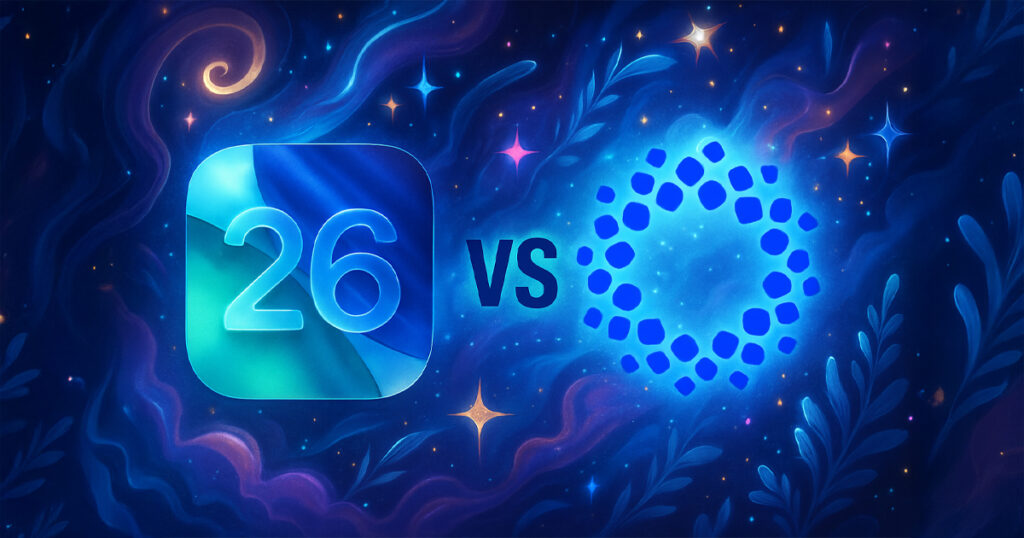
 Emir Bardakçı
Emir Bardakçı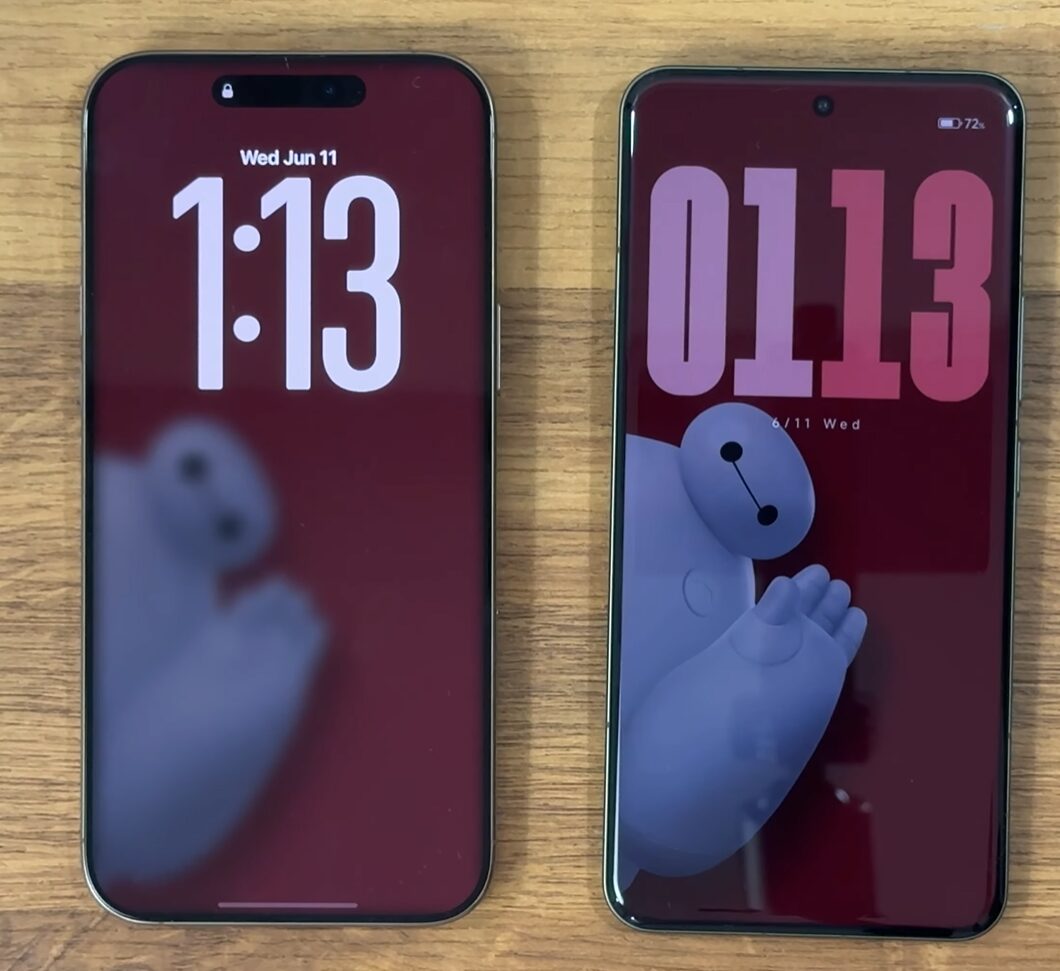
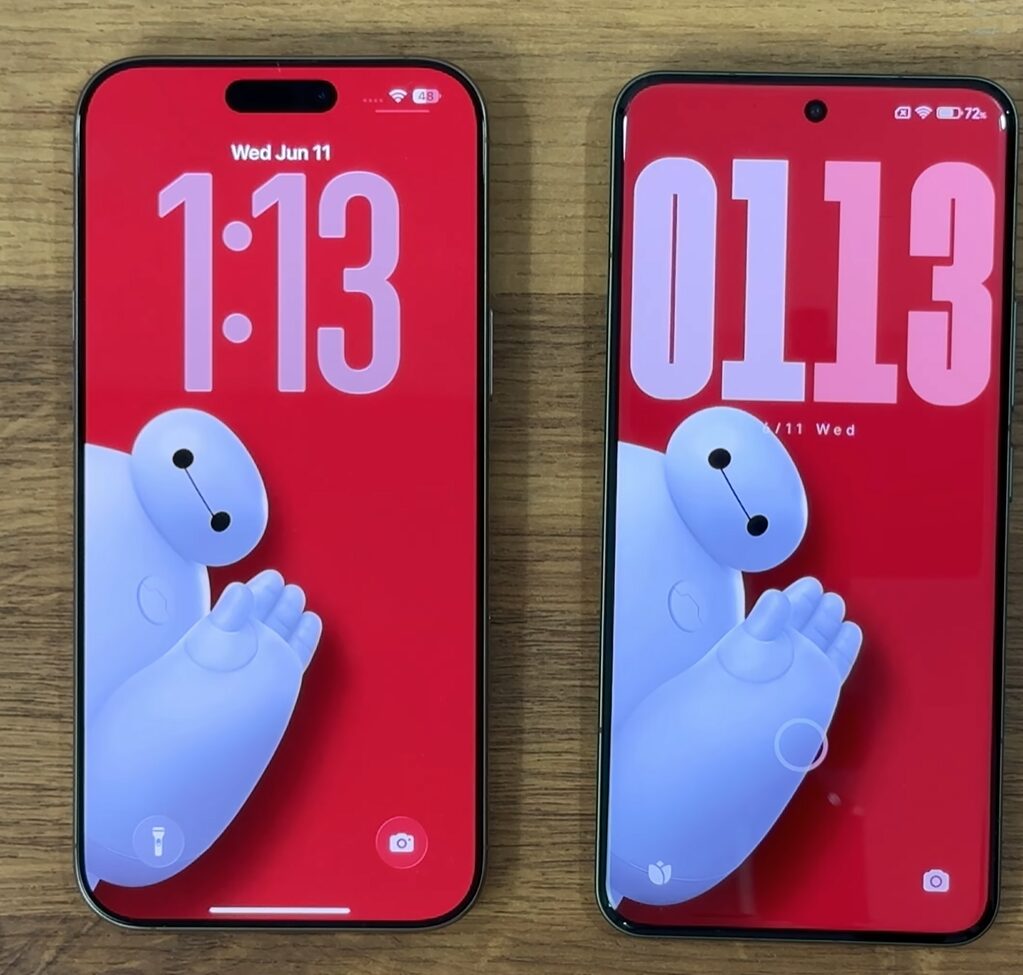

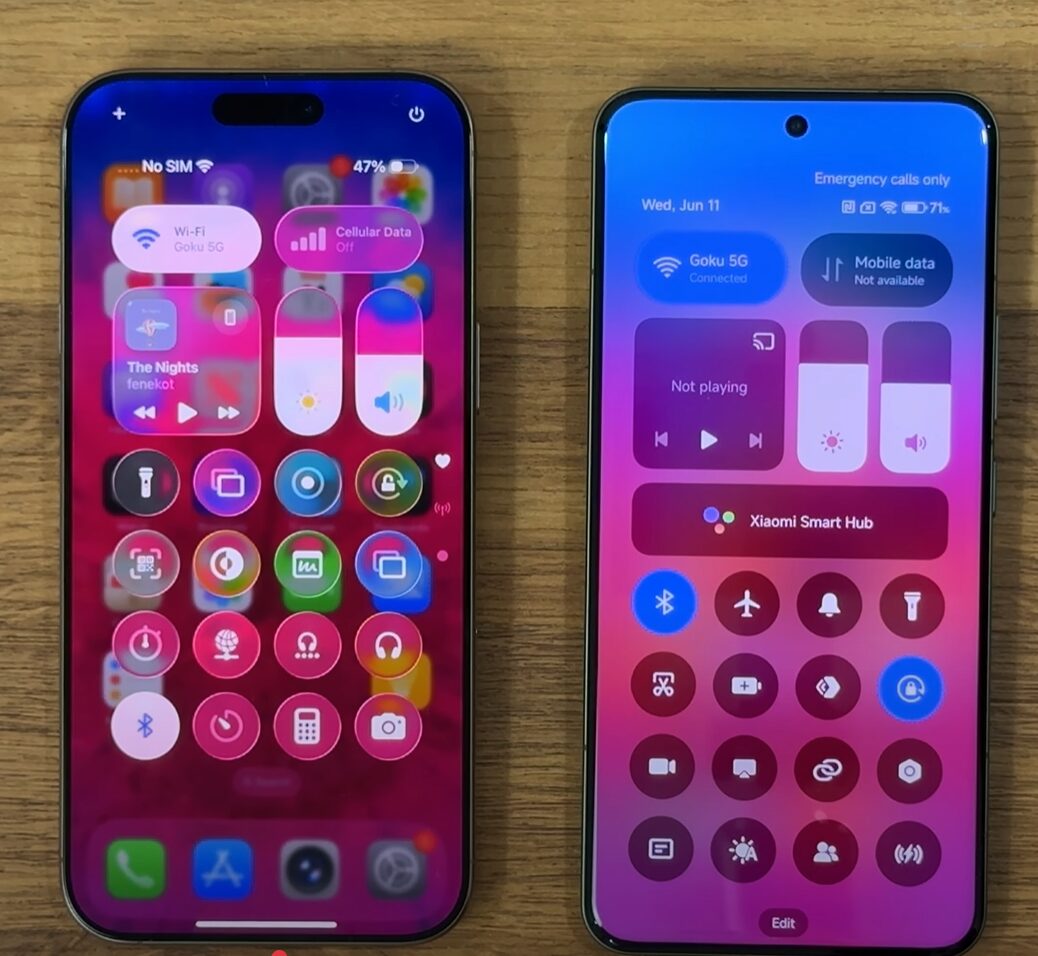
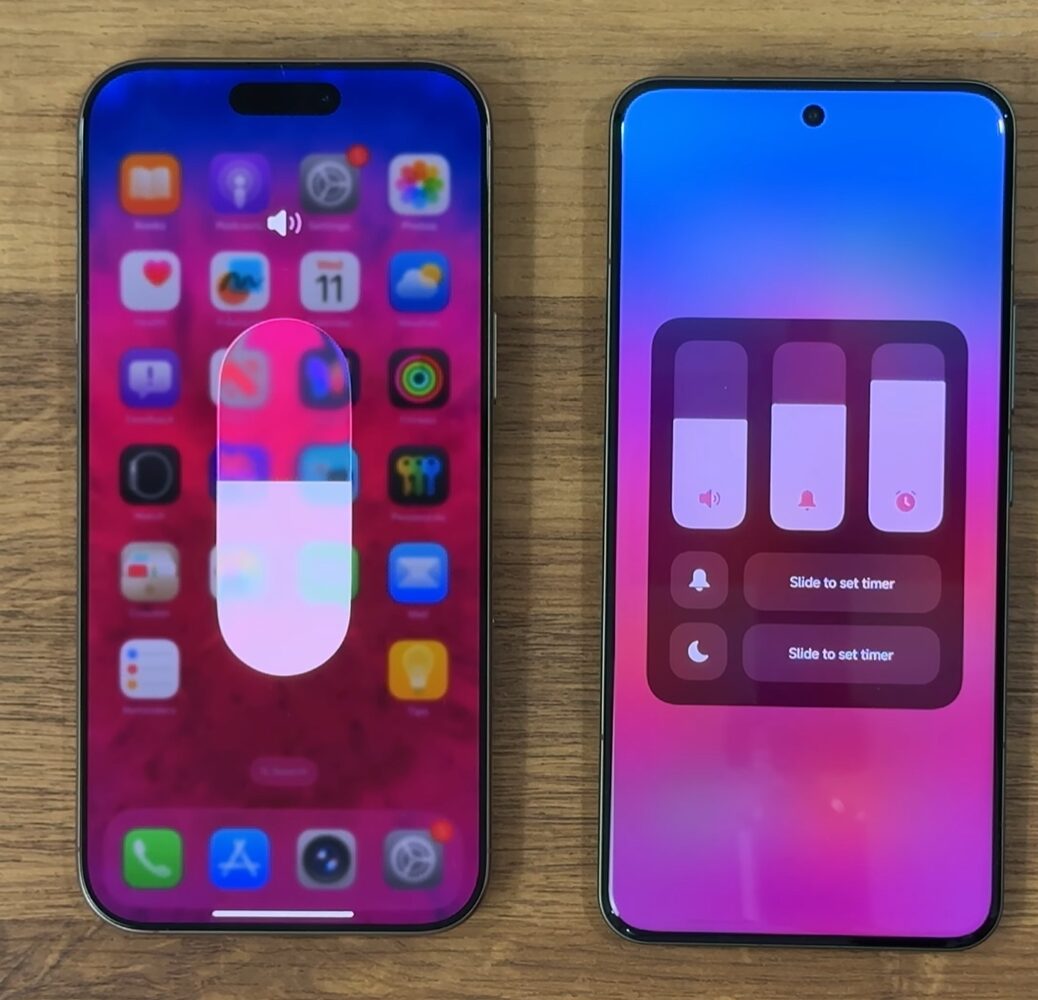
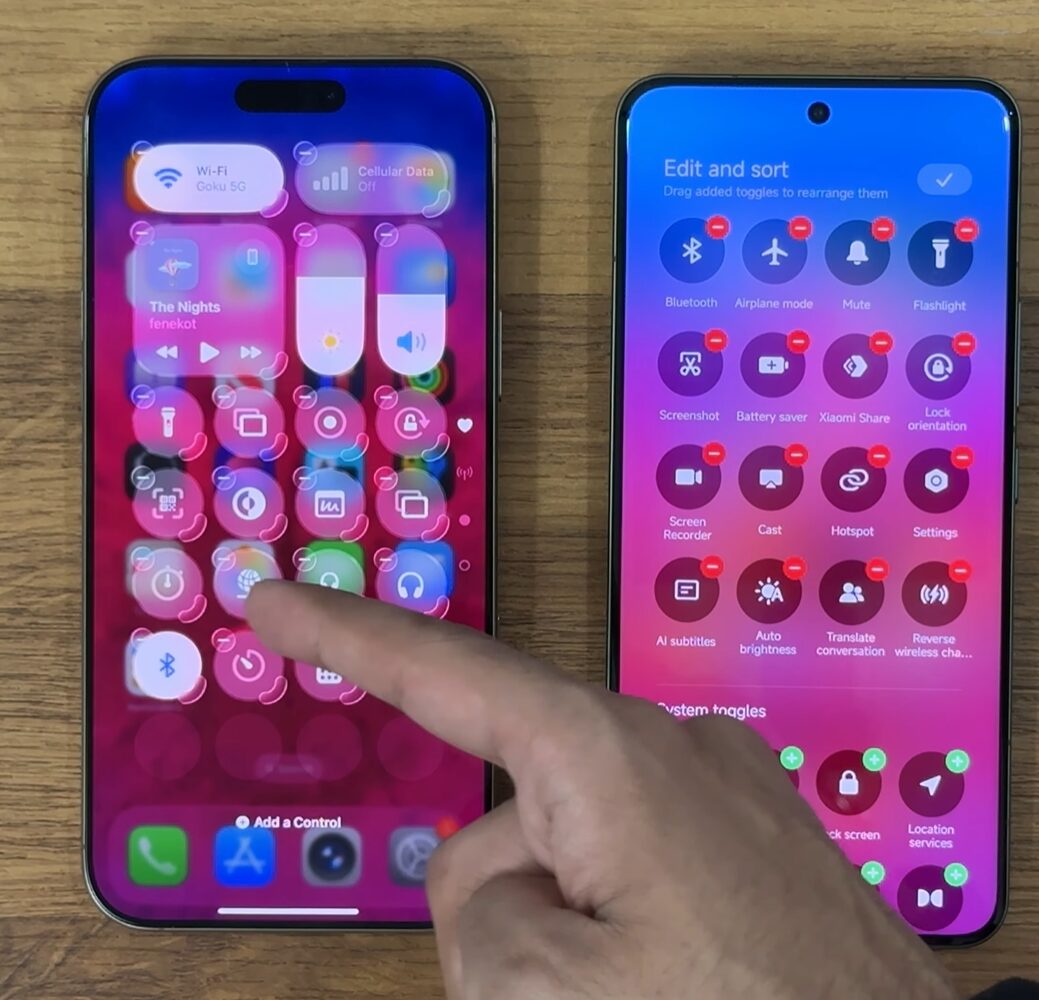
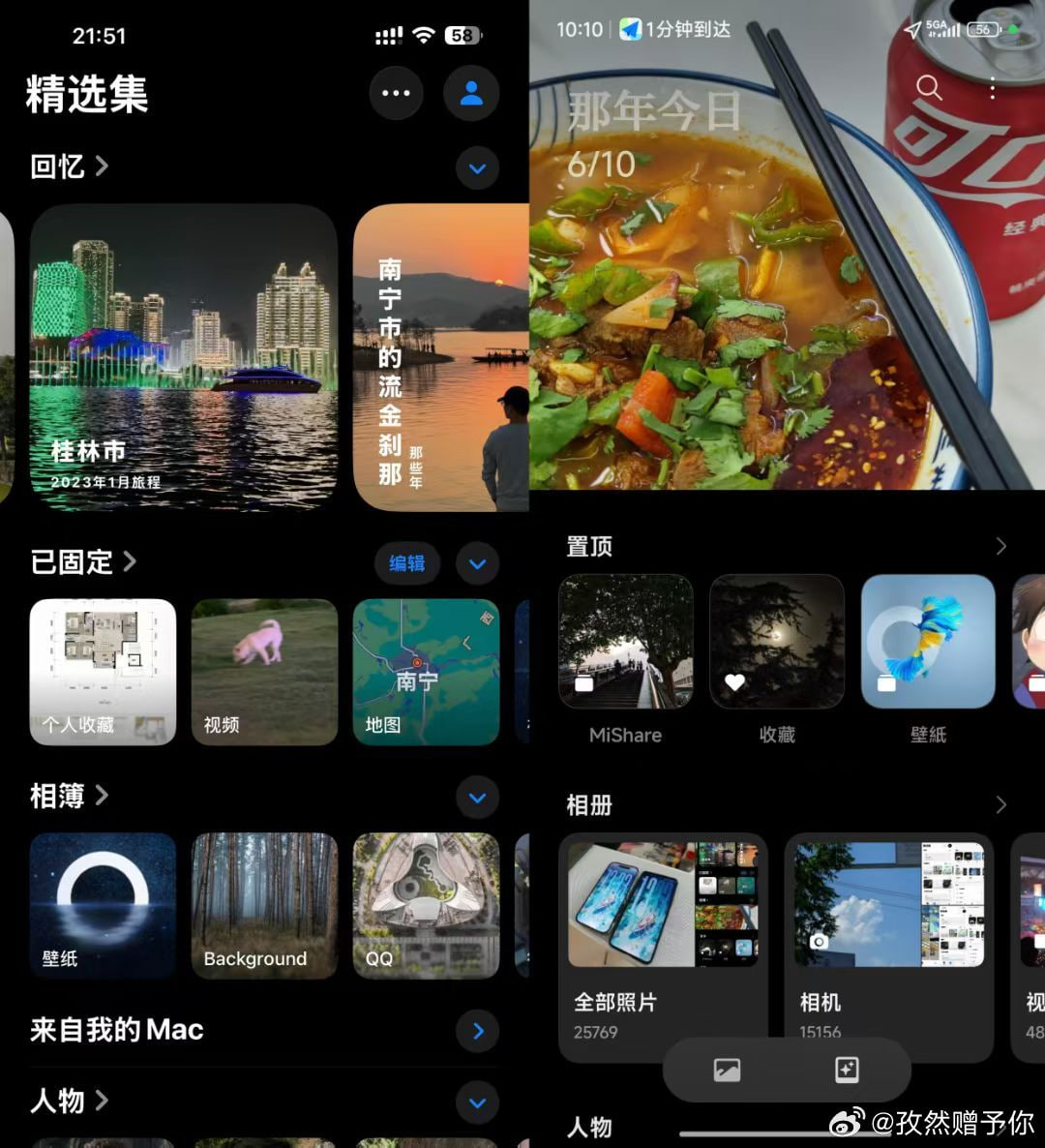
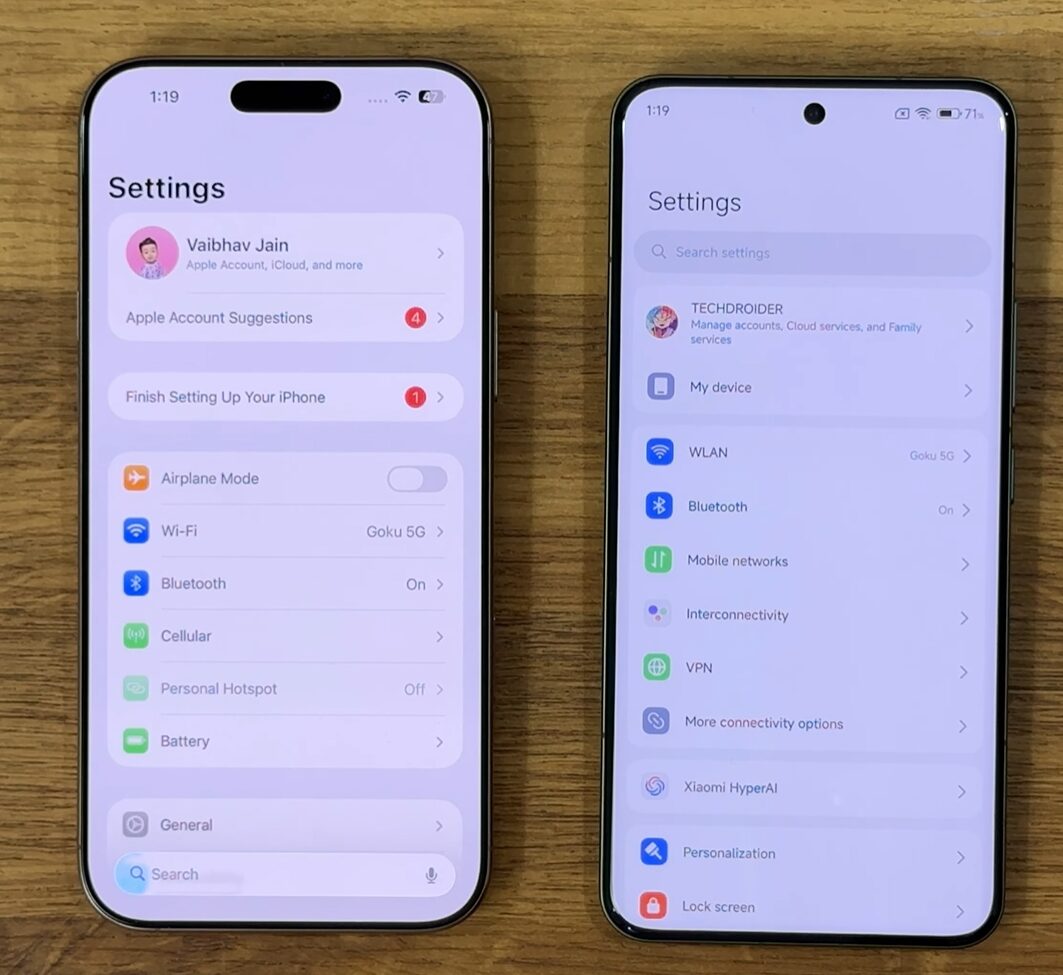
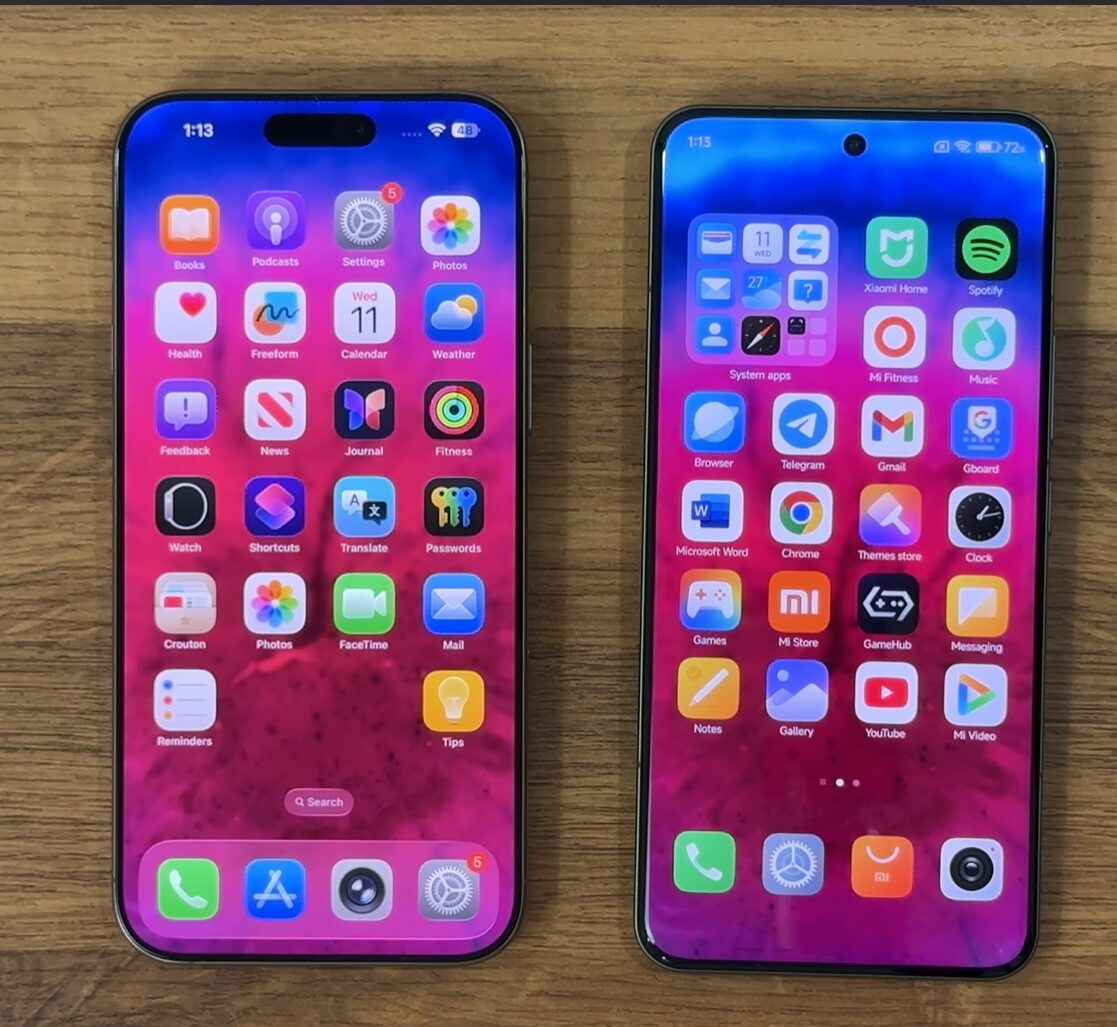
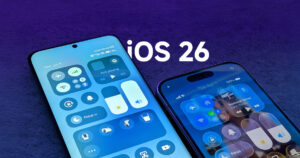


Man who care?
I don’t care much about design on my Xiaomi, what hurt me is that even on high end, they are some slowing down whole closing apps…
try to become ios like but lacking most of the best os experiences. 3rd tier hyperos, do you still think you can compare with ios?
talk about the battery life and optimization and bugs too🤣👌🏻
I think u need optimization devices first and fics bugs lagging hanging issues wtf ios 26 is much better than your hyperos os